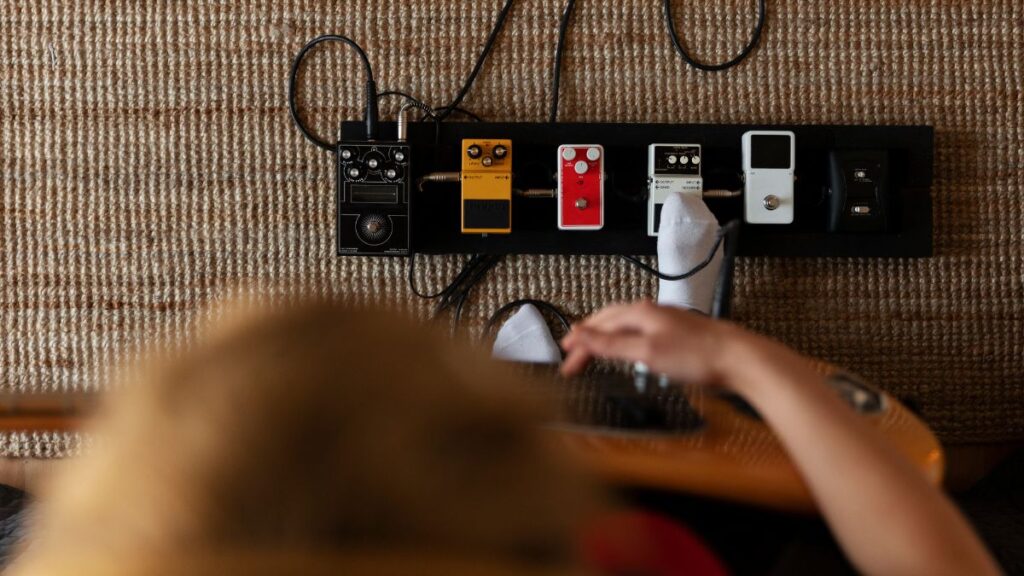Introduction to HDMI technology
In today’s tech-savvy world, HDMI (High-Definition Multimedia Interface) has become a cornerstone for connecting devices and delivering high-quality audio and video. As we accumulate more gadgets—think gaming consoles, Blu-ray players, streaming devices, and home theaters—the need to manage these connections efficiently becomes crucial. This is where HDMI splitters and switches come into play. But what’s the difference between them? And which one best suits your needs? Whether you’re looking to expand your multimedia setup or streamline your entertainment experience, understanding these two essential tools will help you make an informed choice. Let’s dive into the nitty-gritty of HDMI technology and find out how splitters and switches can transform your viewing experience!
What is an HDMI Splitters and how does it work?
An HDMI splitter is a device designed to take a single HDMI signal and distribute it to multiple displays. Imagine wanting to show the same content on two or more screens simultaneously; that’s where an HDMI splitter shines.
The operation is straightforward: you connect your source device—like a Blu-ray player or gaming console—to the input port of the splitter. The output ports then send the video and audio signals to different TVs or monitors without losing quality.
Many splitters support high-definition resolutions, ensuring that each display receives crisp visuals. They’re often plug-and-play, meaning no complicated setup is required.
However, it’s essential to choose one compatible with your specifications. Some models can handle 4K resolution while others may be limited to standard HD formats. This versatility makes them popular for home theaters and presentations alike.
Benefits and limitations of using an HDMI Splitters
HDMI splitters provide a straightforward solution for distributing signals from one source device to multiple displays. This is particularly useful in setups like home theaters or presentations, where you want the same content on several screens without hassle.
One significant benefit is convenience. You can connect your Blu-ray player or gaming console to various TVs and projectors simultaneously, simplifying your entertainment experience.
However, there are limitations to consider. HDMI splitters may not support 4K resolutions at high refresh rates across all outputs due to bandwidth constraints. Additionally, using a splitter could lead to signal degradation if the cables are too long or of poor quality.
Compatibility issues might arise with some devices as well; not every HDMI splitter works seamlessly with all formats and standards available today. Balancing these pros and cons will help determine if an HDMI splitter fits your specific needs.
What is an HDMI switch and how does it differ from a splitter?
An HDMI switch is a device that allows multiple HDMI sources to connect to a single display. Think of it as a multi-input hub for your entertainment system. You can easily switch between different devices like gaming consoles, Blu-ray players, or streaming boxes without needing to unplug and replug cables.
Unlike an HDMI splitter, which duplicates one source signal across several displays, the switch channels various inputs into one output. This means you can choose which device’s content appears on your screen at any given moment.
The convenience of having multiple sources connected makes an HDMI switch ideal for setups where space is limited or when you frequently use different devices. It simplifies your experience by reducing clutter and enhancing usability with just the push of a button or remote control command.
Pros and cons of using an HDMI switch
An HDMI switch offers a convenient way to connect multiple devices to a single display. One of its primary advantages is the ability to reduce clutter. You can streamline your setup and avoid constantly plugging and unplugging cables.
Another benefit is enhanced flexibility. With an HDMI switch, switching between different sources—like gaming consoles, streaming boxes, or Blu-ray players—is just a click away.
However, there are downsides to consider. Some users may experience signal degradation with certain switches. It’s essential to choose high-quality equipment for optimal performance.
Additionally, HDMI switches require power sources; this could be inconvenient in compact spaces where outlets are limited. Compatibility issues can also arise with older devices not supporting newer HDMI standards.
Understanding these pros and cons will help you make an informed decision when exploring options for your home entertainment system.
Factors to consider when choosing between a splitter and a switch
When deciding between an HDMI splitter and an HDMI switch, consider your setup. Think about how many devices you need to connect. If you have multiple sources like a gaming console, Blu-ray player, or streaming device but only one display, a splitter might be the answer.
Next, evaluate video quality. A good quality splitter can maintain high resolution without compromising clarity. If your priority is switching between several displays rather than duplicating signals, then a switch will suit better.
Also reflect on ease of use. Splitters typically require less manual intervention since they duplicate signals automatically. However, switches often come with remote controls for seamless transitions between devices.
Budget plays a role too. Generally speaking, splitters tend to be more affordable than switches that offer advanced features like 4K support or multiple input options. Choose what aligns best with your needs and wallet!
Conclusion: Which one is the right choice for you?
When it comes to choosing between an HDMI splitter and an HDMI switch, understanding your needs is essential. An HDMI splitter allows you to display the same content on multiple screens. This can be great for presentations or watching a movie in different rooms. However, keep in mind that only one source device is used; if you want variety, this isn’t the best option.
On the other hand, an HDMI switch lets you connect multiple devices to a single display. This means switching between gaming consoles, streaming devices, or Blu-ray players effortlessly without having to unplug anything. The downside might be that if you’re using more than one device simultaneously—like playing games while someone else streams—it won’t work as easily.
Consider how many devices you’ll need to connect and what kind of setup will serve your entertainment needs best. If simplicity and mirroring are key for you, an HDMI splitter could do the trick. But if versatility and easy access to various sources are preferred, then an HDMI switch may be your ideal choice.
Think about how often you’ll use each feature and which fits better into your lifestyle or setup preferences before making a decision.





